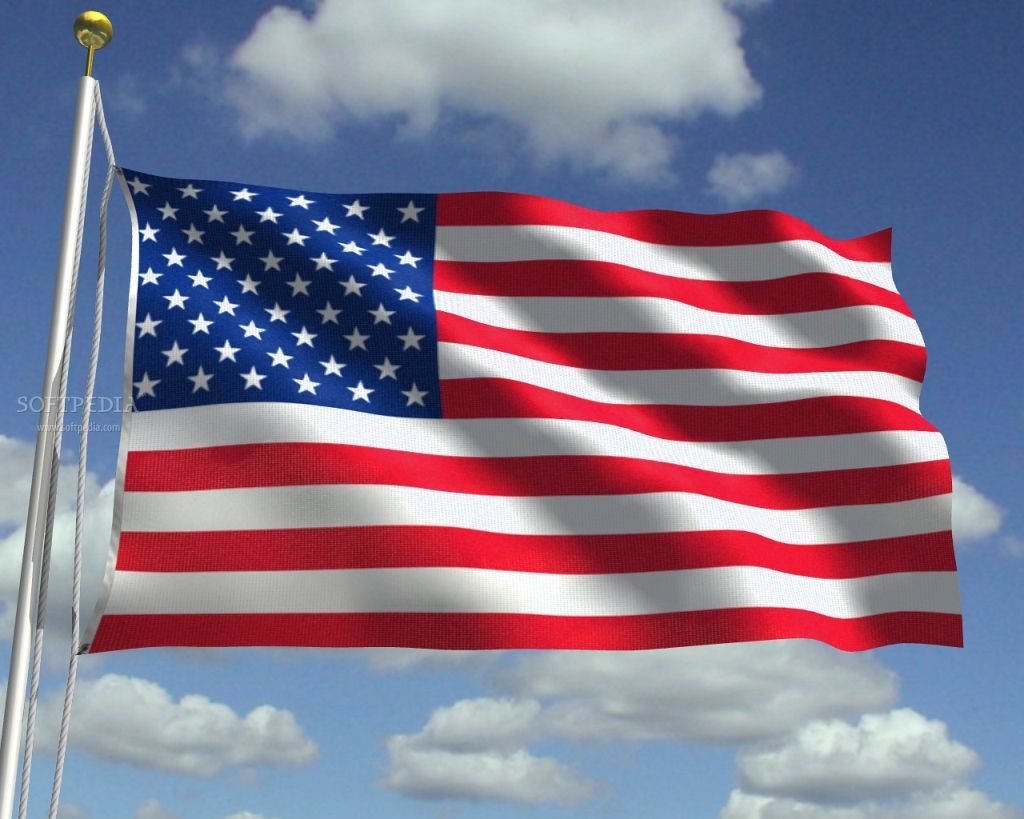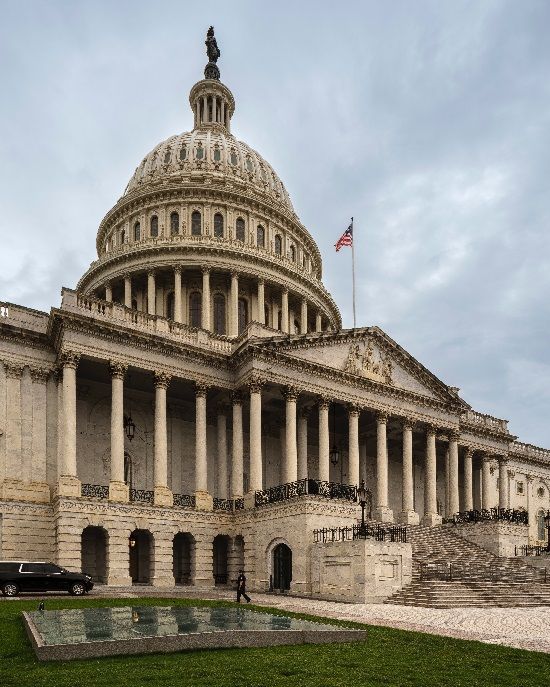—PROGRAMS
Flag Advocacy
The American Legion is a great resource for flag etiquette and display questions
The Pledge of Allegiance
History of the Pledge of Allegiance
The original Pledge of Allegiance was written by Francis Bellamy. It was first given wide publicity through the official program of the National Public Schools Celebration of Columbus Day, which was printed in The Youth's Companion of September 8, 1892, and at the same time sent out in leaflet form to schools throughout the country. School children first recited the Pledge of Allegiance this way:
"I pledge allegiance to my Flag and to the Republic for which it stands one Nation indivisible, with Liberty and Justice for all."
"The flag of the United States" replaced the words "my Flag" in 1923 because some foreign-born people might have in mind the flag of the country of their birth instead of the United States flag. A year later, "of America" was added after "United States."
No form of the Pledge received official recognition by Congress until June 22, 1942, when the Pledge was formally included in the U.S. Flag Code. The official name of The Pledge of Allegiance was adopted in 1945. The last change in language came on Flag Day 1954, when Congress passed a law, which added the words "under God" after "one nation."
Originally, the pledge was said with the right hand in the so-called "Bellamy Salute," with the right hand resting first outward from the chest, then the arm extending out from the body. Once Hitler came to power in Europe, some Americans were concerned that this position of the arm and hand resembled the Nazi or Fascist salute. In 1942 Congress also established the current practice of rendering the pledge with the right hand over the heart.
The Flag Code specifies that any future changes to the pledge would have to be with the consent of the President.

United States Flag Code
Here is a PDF version of The United States Flag Code
'Top Ten' American Flag Myths
The Flag Code is The American Legion Flag Code.
On Flag Day, June 14, 1923, The American Legion and representatives of 68 other patriotic, fraternal, civic and military organizations met in Washington, DC for the purpose of drafting a code of flag etiquette. The 77th Congress adopted this codification of rules as public law on June 22, 1942. It is Title 4, United States Code Chapter 1.
A flag that has been used to cover a casket cannot be used for any other proper display purpose.
A flag that has been used to cover a casket can be used for any proper display purpose to include displaying this flag from a staff or flagpole.
The Flag Code prohibits the display of a United States flag of less than 50 stars.
According to the U.S. Army Institute of Heraldry the United States flag never becomes obsolete. Any officially approved American flag, irrespective of the number or arrangement of the stars and/or stripes may continue to be used and displayed until no longer serviceable.
The Flag Code does provide for penalties for violations of any of its provisions.
The Flag Code is simply a guideline for proper flag etiquette. The law does not provide penalties for violation of any of its provisions.
You must destroy the flag when it touches the ground.
As long as the flag remains suitable for display, the flag may continue to be displayed as a symbol of our great country.
The Flag Code prohibits the washing or dry-cleaning of the flag.
There are no provisions of the Flag Code, which prohibit the washing or dry-cleaning of the flag. The decision to wash or dry-clean would of course depend upon the type of material.
There has been a change to the Flag Code that no longer requires the flag to be properly illuminated during the hours of darkness.
There has been NO CHANGE to Flag Code section 6(a), which states: “It is the universal custom to display the flag only from sunrise to sunset on buildings and on stationary flag staffs in the open. However, when a patriotic effect is desired, the flag may be displayed twenty-four hours a day if properly illuminated during the hours of darkness.”
The mayor, a town official, or the Post Commander can order the flag to be displayed at half-staff.
The gesture of placing the flag at half-staff means that the Nation or the state mourns the death of a highly regarded National or state figure, hence only the President of the United States or the Governor of the state may order the Flag to be half-staffed in accordance with Flag Code section 7(m). Those individuals and agencies that usurp authority and display the flag at half-staff on inappropriate occasions are quickly eroding the honor and reverence accorded this solemn act.
The Flag Code states that when the flag is no longer a fitting emblem for display it is to be disposed of by burning in private.
The Flag Code as revised and adopted by the Congress of the United States in 1942 has never included the word(s) "private" or "in privacy." Section 8(k) of the Flag Code states: "The flag, when it is in such a condition that it is no longer a fitting emblem for display, should be destroyed in a dignified way, preferably by burning." Since 1937, The American Legion has promoted the use of a public flag disposal ceremony. This ceremony is a fitting tribute and an overt expression of patriotism, which enhances the public's understanding of honor and respect due the American flag.
The Flag Code prohibits the “fringing” of the flag.
Fringing of the flag is neither approved of nor prohibited by the Flag Code. The American Legion considers that fringe is used as an honorable enrichment to the Flag. Additionally the courts have deemed without merit and frivolous, lawsuits that contend that the gold fringe adorning the flag conferred Admiralty/Maritime jurisdiction.


More Information
The following pages on The American Legion National website contain additional information:
PHONE: 609-695-5418
EMAIL: information@njamericanlegion.org
ADDRESS: 171 Jersey Street, Bldg 5 second FL, Trenton, NJ 08611
© 2024 All Rights Reserved | The American Legion Department of New Jersey | This site is powered by Neon One

